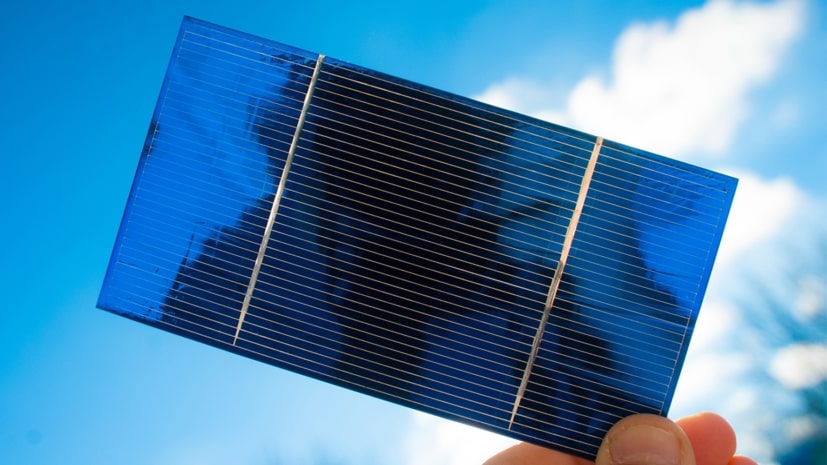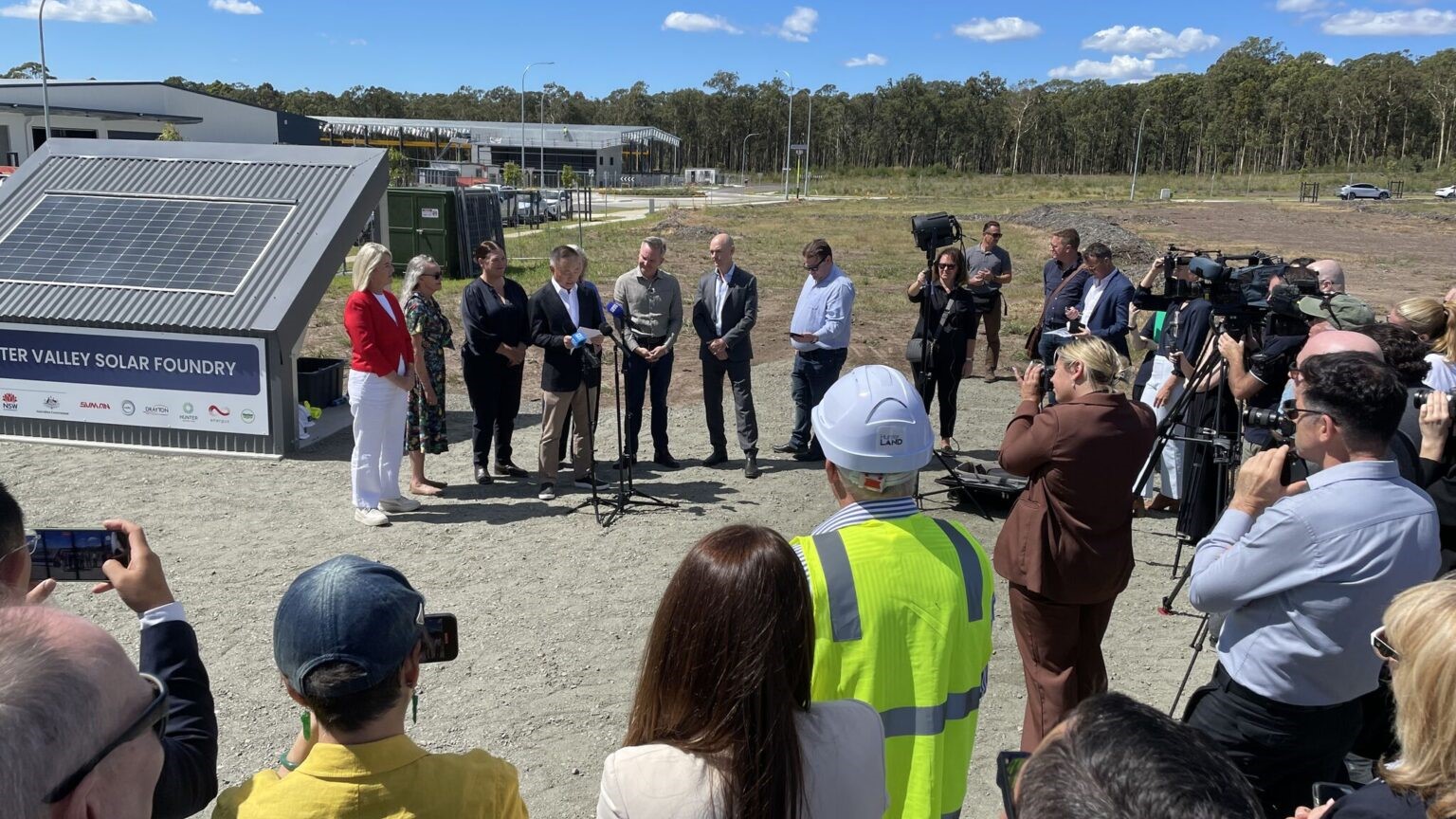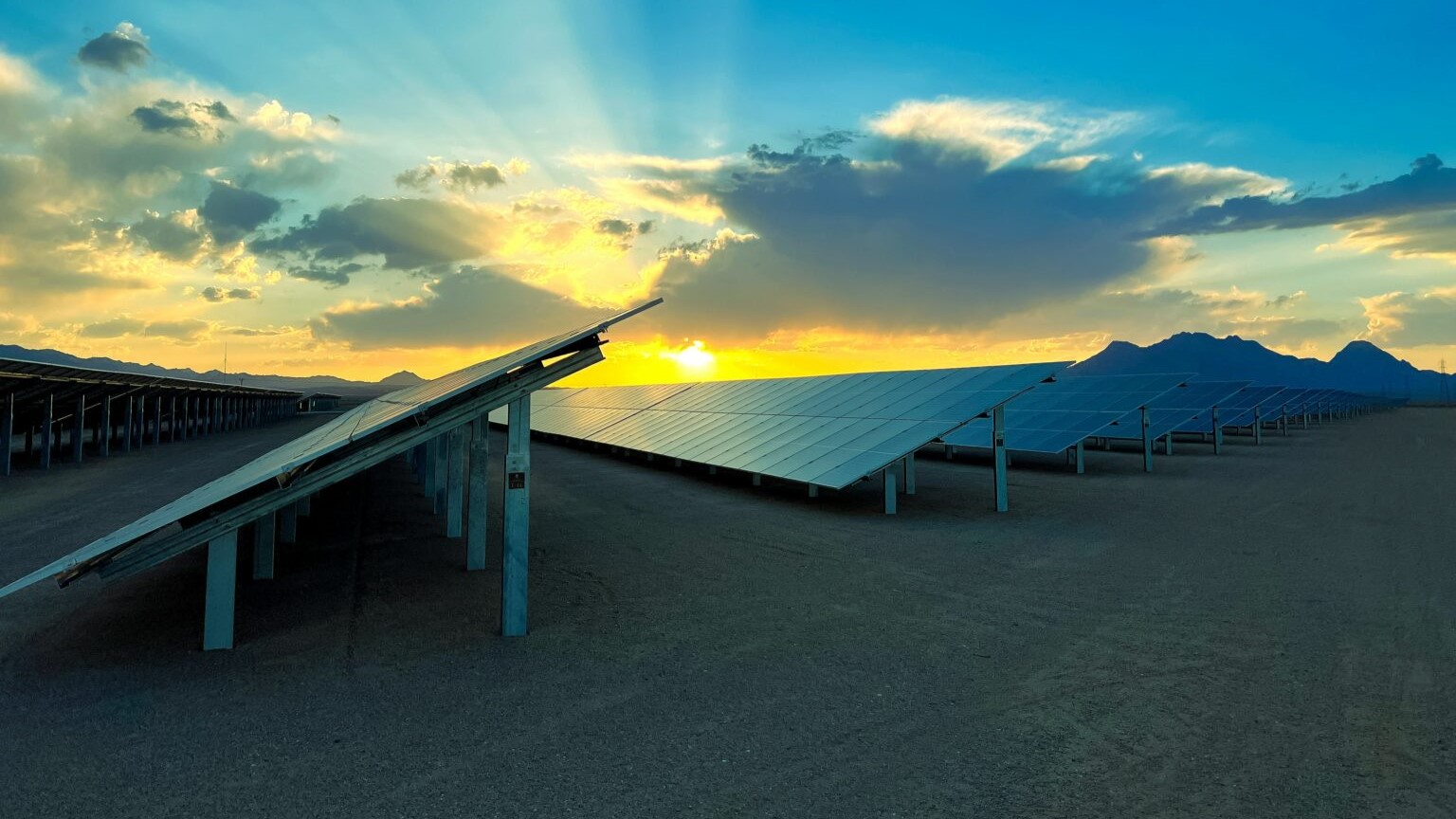Germany’s Forschungszentrum Jülich has announced a world-record efficiency of 23.08% for a silver-free heterojunction (HJT) solar cell that is fully metallized with copper (Cu).
The cell reportedly exhibits only a 0.4% efficiency loss compared to a reference device that underwent full silver (Ag) metallization. “The cells with copper on both sides achieved an average efficiency of 22.4% absolute and a maximum of 23.08% absolute, representing the highest performance ever recorded for cells featuring copper on both sides,” the researchers said.
In the paper “Achieving High Efficiencies for Silicon Heterojunction Solar Cells Using Silver-Free Metallization,” which was published in Progress in Photovoltaics, the research team explained that their initial analysis considered factors such as line resistance, finger width, aspect ratio, contact resistivity, and bulk resistance of the AgCu, Cu, and Ag pastes. “This comparison revealed that copper (Cu) exhibited the highest performance metrics, outperforming silver-copper (AgCu), which in turn outperformed silver (Ag),” they noted.
The scientists further stated that heterojunction (HJT) cells are the most suitable photovoltaic devices for mitigating potential degradation caused by copper, owing to the rapid diffusion of this metal into silicon. This is made possible by the transparent conductive oxides (TCOs) used in HJT cells, which act as effective diffusion barriers.
For their experiments, the researchers fabricated cells using 135 μm n-type monocrystalline silicon wafers and applied three different metallization processes: one with silver only, one with copper only, and one using a copper-silver (Cu/Ag) metallization paste.
They used flatbed screen printing (SP) to build Ag and AgCu fingers with a knotless screen featuring a 23-μm finger opening, while a 30-μm finger opening screen was used for the Cu fingers.
“The same screen design was utilized for all three pastes, incorporating 96 fingers with a pitch of 1.6 mm. Additionally, single-nozzle dispensing was employed to print Ag, AgCu, and Cu pastes,” they further explained. “The Ag and AgCu fingers were annealed using an oven, while the Cu finger annealing was done using a manual process that places the solar cells on a hot plate.”
The team built several solar cells with different metallization combinations, with devices having Cu on the rear side being combined with Cu, AgCu, and Ag on the front side, and cells with Ag on the rear side being combined with Cu, AgCu, and Ag on the front side.
The cells were tested under standard illumination conditions. The Cu-based device was found to achieve a power conversion efficiency of 23.08%, an open-circuit voltage of 742.4 mV, a short-circuit current density of 37.88 mA/cm2, and a fill factor of 85.70%.
By way of comparison, the device fully metallized with Ag achieved a power conversion efficiency of 23.79%, an open-circuit voltage of 739.6 mV, a short-circuit current density of 38.94 mA/cm2, and a fill factor of 85.60%.
Moreover, the cell with Ag/Cu on the front side and Ag on the rear side reached an efficiency of 23.95%, an open-circuit voltage of 743.5 mV, a short-circuit current density of 39.16 mA/cm2, and a fill factor of 82.27%. Meanwhile, the device with Ag/Cu on the front side and Cu on the rear side achieved an efficiency of 23.62%, an open-circuit voltage of 743.3 mV, a short-circuit current density of 39.13 mA/cm2, and a fill factor of 81.20%.
“These results highlight the impact of using Cu on the front side, rear side, or both sides of SHJ solar cells, particularly the impact of the Cu annealing conditions,” the team stated. “Compared to cells with Ag on the rear side, those with Cu exhibit reduced efficiency, attributed to a lower fill factor with an average decrease of 0.5% to 3%. This fill factor reduction is associated with higher series resistance.”
“While Cu faces challenges such as oxidation and potential contamination of silicon, its high abundance and low cost make it a highly promising candidate for reducing dependence on Ag,” the academics concluded.








